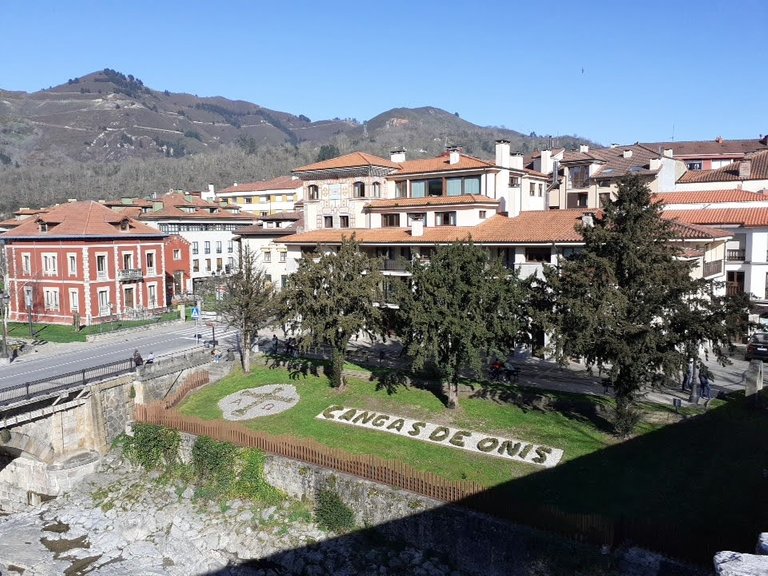
Cangas de Onís (ast. Cangues d'Onís) to miejscowość u stóp masywu Picos de Europa, leżąca w odległości ok. 10 km od Covadonga.
Cangas de Onís (ast. Cangues d'Onís) is a small town at the foot of the Picos de Europa massif, located about 10 km from Covadonga.
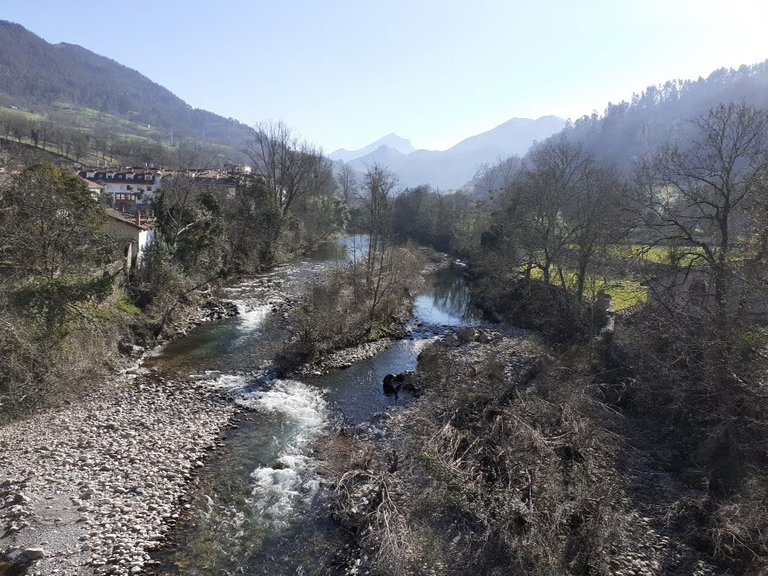
W latach 722-774 miasto to było stolicą Asturii. W VIII wieku mieszkał tutaj założyciel i pierwszy władca Królestwa Asturii - Pelagiusz.
The founder and first king of the Kingdom of Asturias, Pelagius, lived here in the 8th century. In 722-774 this city was the capital of Asturias.
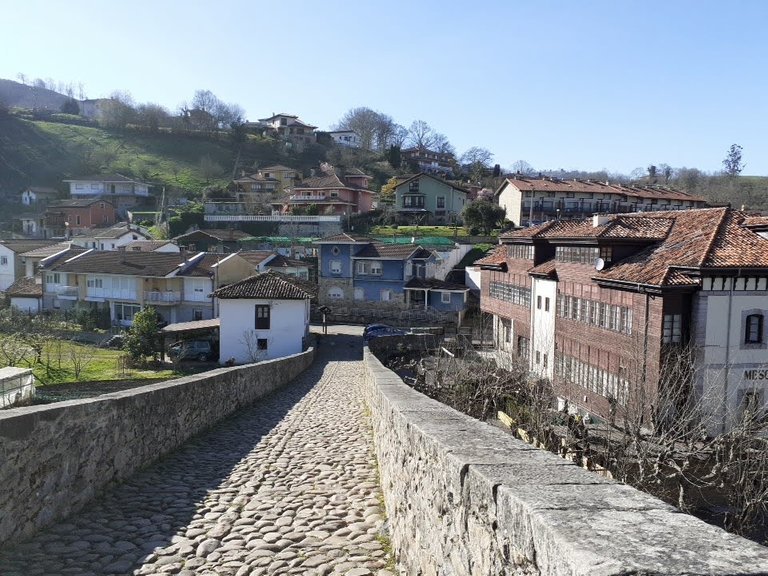
Mieszkańców jest tutaj ok. 6 tys, ponoć liczba ta podwaja się w sezonie ze względu na przybywających tutaj turystów. Miasto jest świetną bazą wypadową w góry Kantabryjskie i na ścieżki rowerowe. Na brak zabytków też nie można narzekać. Do dnia dzisiejszego zachowało się wiele miejsc z czasów prehistorycznych (np. jaskinia Cueva del Buxu), starożytnych i nowożytnych.
The population here is about 6,000, it is said that the number doubles in high season due to tourists coming here. The city is a great base for trips to the Cantabrian mountains and bicycle paths. You can't complain about the lack of monuments either. Many places from prehistoric (such as the Cueva del Buxu cave), ancient and modern times have been preserved to this day
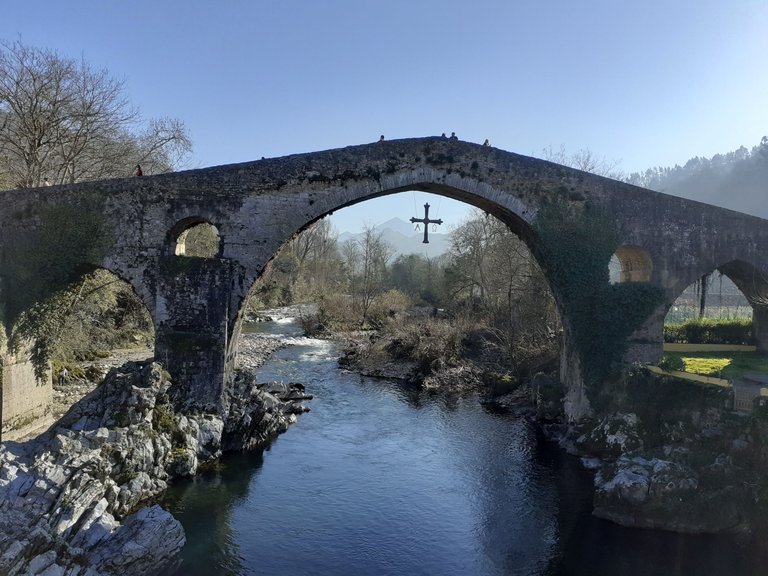
Wizytówka miasta to Puente Romano (Most Rzymski) nad rzeką Sellą. Kamienny most wzniesiona w XIII lub XIV wieku. Pod łukiem wisi symbol Księstwa Asturii: Krzyż Zwycięstwa (Cruz de la Victoria).
The city's showpiece is the Puente Romano (Roman Bridge) over the Sella River. The stone bridge was constructed in the 13th or 14th century. Under the arch hangs the symbol of the Principality of Asturias: the Cross of Victory (Cruz de la Victoria).
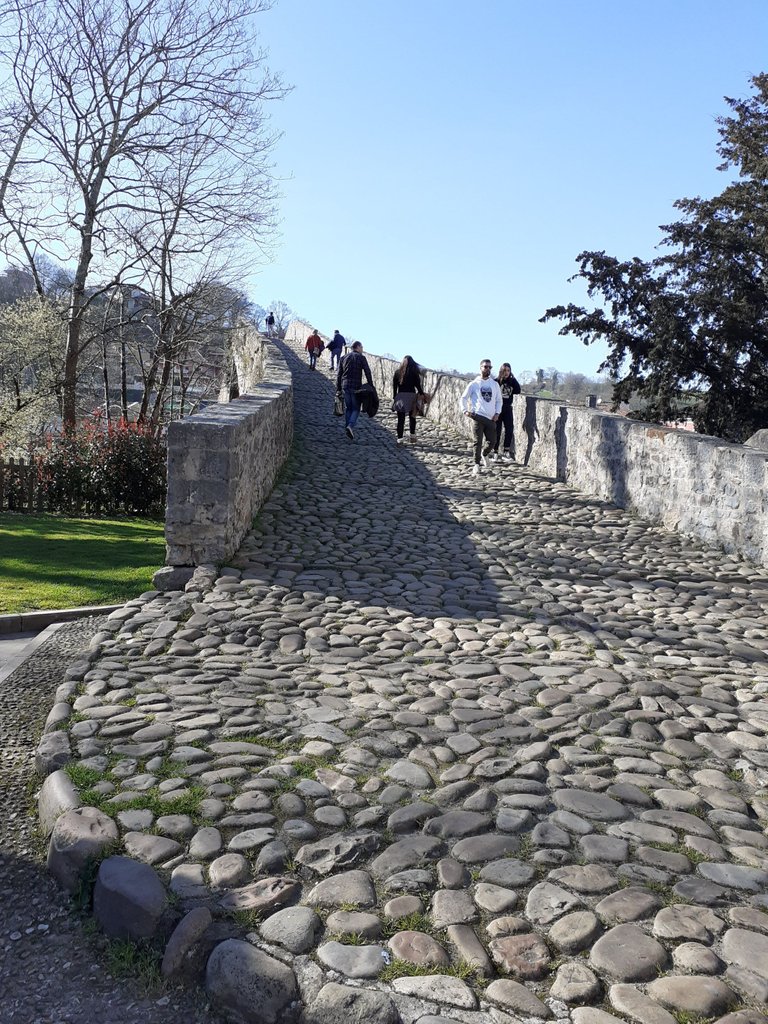
Ciekawostką jest to, że wiele informacji turystycznych i tabliczek z nazwami miejscowości w Asturii często można spotkać w języku hiszpańskim i języku asturyjskim.
It is interesting to note that much of the tourist information and nameplates in Asturias are often in Spanish and Asturian.
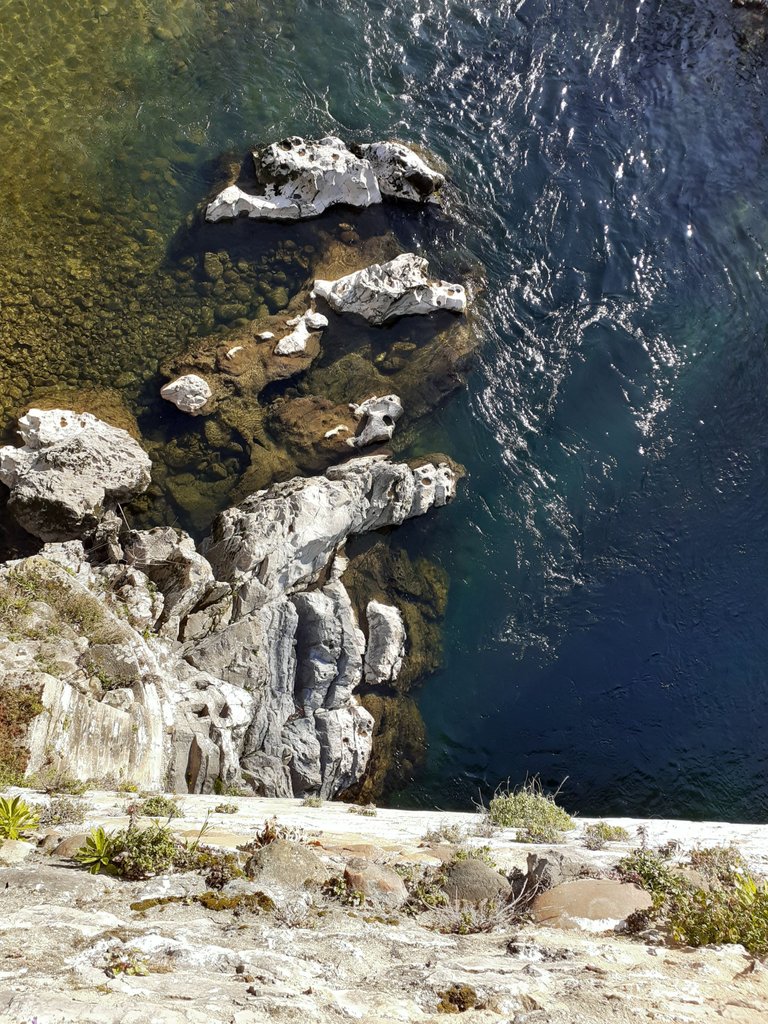
Język asturyjski jest bardzo podobny do hiszpańskiego (kastylijskiego) - w zasadzie ponad 80% słownictwa tych języków się pokrywa. Gramatyka i fonologia w większej mierze również. Mimo podobieństw asturyjski nie jest dialektem, ale odrębnym językiem w rodzinie romańskiej, i sam posiada trzy dialekty: centralny, wschodni i zachodni. Etnolingwistyczna pigułka języka asturyjskiego: TUTAJ.
Asturian is very similar to Spanish (Castilian) - in fact, more than 80% of the vocabulary of these languages coincide. Grammar and phonology - for the most part - do as well. Despite the similarities, Asturian is not a dialect, but a separate language in the Romance language family, and has three dialects itself: central, eastern and western. Ethnolinguistic pill of Asturian: HERE.
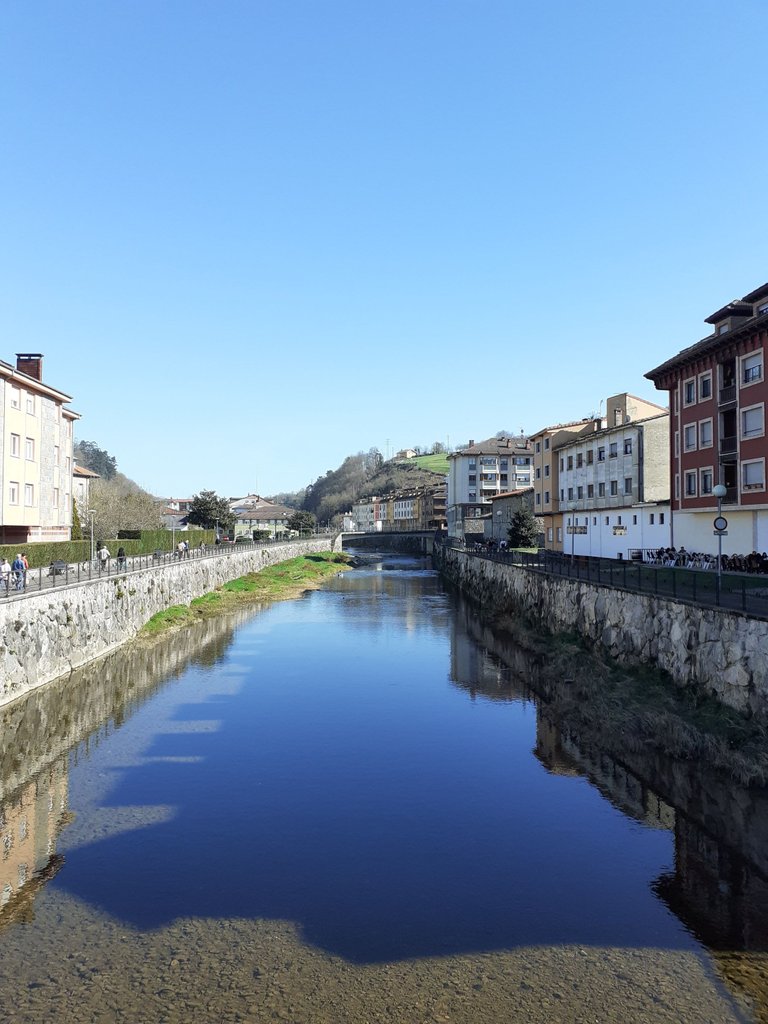
Na koniec wideo z polecanego już kanału (Turismo Asturias, YT): jeszcze coś o Cangas de Onís.
Finally, a video from an already recommended channel (Turismo Asturias, YT): something else about Cangas de Onís.
Congratulations @pocichu! You have completed the following achievement on the Hive blockchain And have been rewarded with New badge(s)
Your next payout target is 50 HP.
The unit is Hive Power equivalent because post and comment rewards can be split into HP and HBD
You can view your badges on your board and compare yourself to others in the Ranking
If you no longer want to receive notifications, reply to this comment with the word
STOPTo support your work, I also upvoted your post!
Check out our last posts: